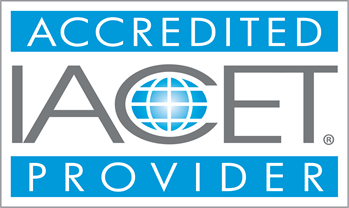Price: $19.99
Advanced Application of Safety Principles
Preparing for the exam takes time and dedication. Balancing your preparation with an already busy schedule can be a challenge. We have the resources and practice solutions to help you no matter where you are in the preparation process.
Course Modules - (11)
Based on performance analysis from thousands of test takers, so you're always getting the most relevant and up-to-date material available. We don’t overwhelm you with never-ending questions
Learning Outcomes:
Students may request IACET CEU credit upon successful completion of the course, provided all required criteria are met. This option is available for those who wish to receive official recognition of their continuing education.
Completion Requirements:
Online classes tend to be more cost-effective than in-person courses. You can save on travel expenses, lodging, and other associated costs, making online training a more budget-friendly option. Additionally, online courses can often be completed more quickly than their in-person counterparts, as you can work through the material at your own pace and without the constraints of a fixed class schedule.


